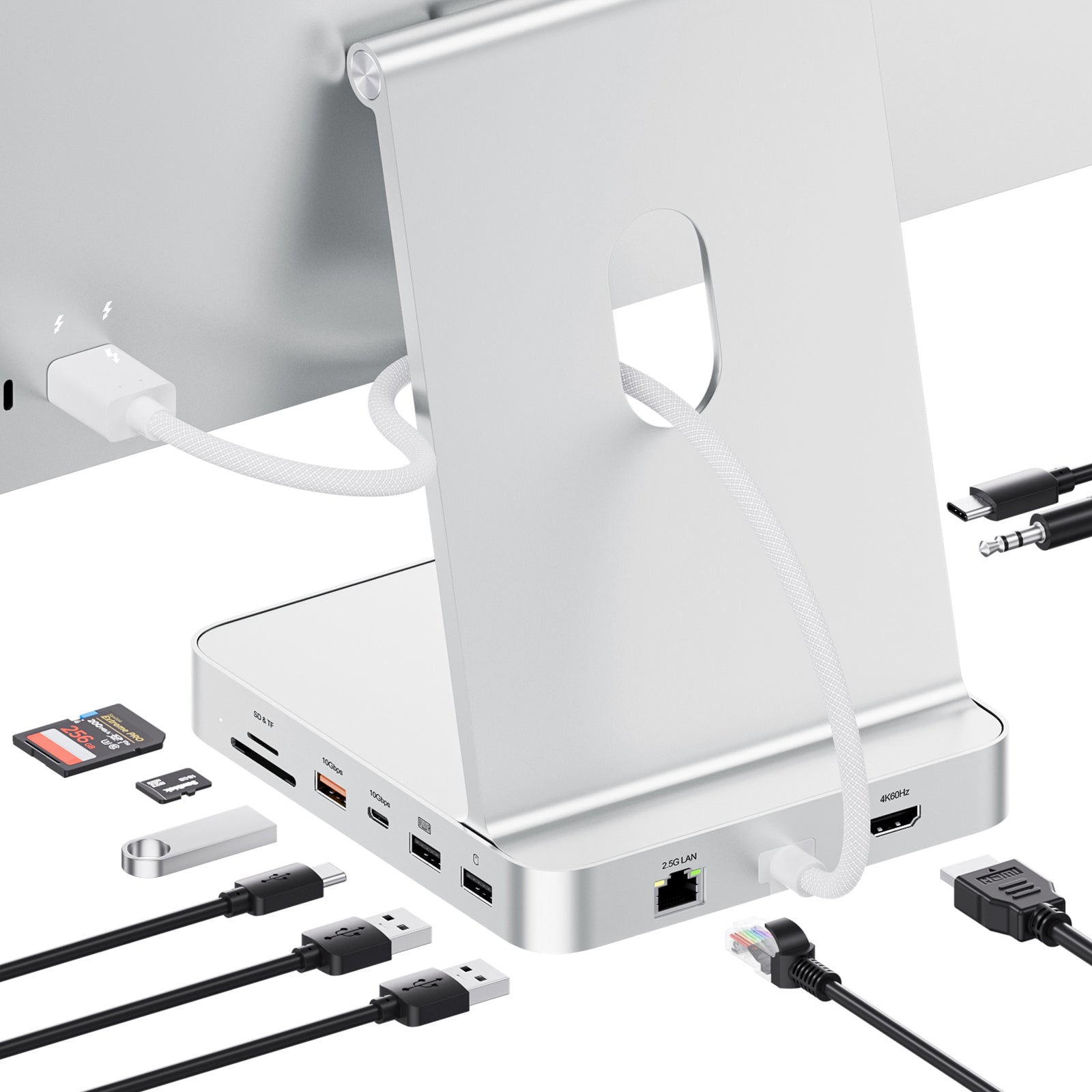DisplayLink is a technology that enables the connection of multiple monitors to a computer through USB A ports or network connections, primarily by compressing video data. Here's a structured overview:
Key Features:
-
Video Over USB:
-
Allows video transmission via USB (2.0, 3.0, or USB-C) without dedicated video ports (HDMI/DisplayPort). Compresses data to overcome USB bandwidth limitations.
-
Useful for laptops/desktops with limited video outputs, enabling multi-monitor setups through docking stations or adapters.
-
-
Hardware & Software Integration:
-
DisplayLink Chips: Embedded in docks/adapters to handle video encoding.
-
Drivers: Required on the host computer to decode the signal, simulating a display adapter. Supports Windows, macOS, Linux, and ChromeOS.
-
-
Use Cases:
-
Docking Stations: Provides multi-port connectivity (HDMI, VGA, Ethernet, USB) via a single USB cable.
-
Portability: Ideal for business environments with basic display needs (office apps, web browsing).
-
-
Performance Considerations:
-
Latency/Compression: May not suit high-refresh gaming or 4K video editing due to potential lag or artifacts.
-
Bandwidth Dependency: USB 3.0 offers better performance than USB 2.0 provide higher bandwidth for demanding tasks.
-
-
Compatibility:
-
Works across major OSes but requires driver installation. Support varies, with macOS sometimes having limitations.
-
Comparison to Alternatives:
-
MST (DisplayPort): Daisy-chains monitors via DisplayPort, no compression needed.
-
Thunderbolt: Higher bandwidth, suitable for high-resolution/refresh rates, but requires compatible hardware.
Summary:
DisplayLink is a versatile solution for expanding display connectivity via USB, ideal for productivity environments. While convenient, it trades off some performance for flexibility, making it less optimal for high-end graphical tasks


Leave a comment
This site is protected by hCaptcha and the hCaptcha Privacy Policy and Terms of Service apply.